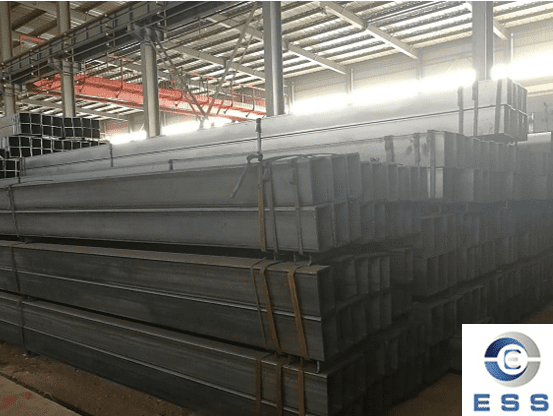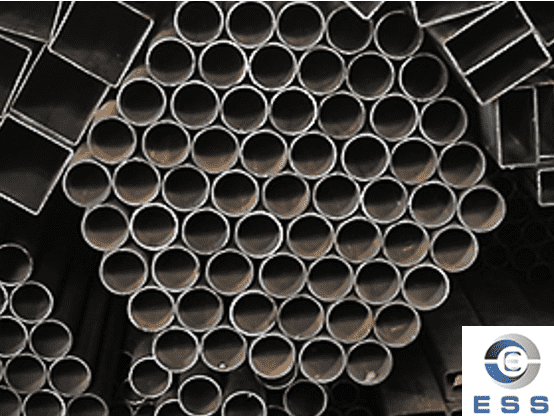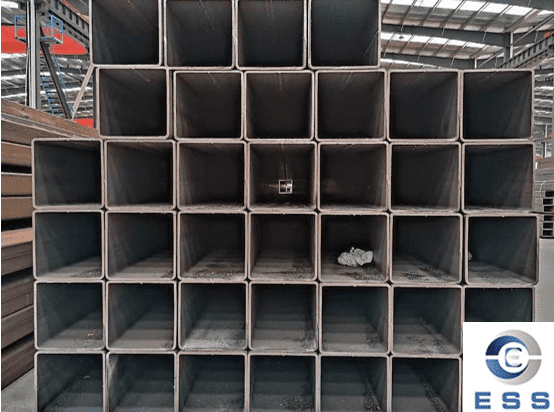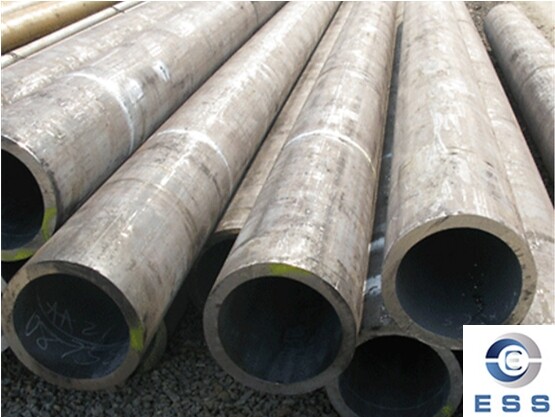
The fire tube boiler is a simple and
economical boiler that has been used since the 18th century. It relies on
burning fuel in the furnace to heat water in the fire tube to generate steam.
The fire tube boiler consists of a furnace body, tubes, flue and control
system, among which the boiler
tube is an important part of the fire tube boiler.
Fire tube boiler tube structure
The fire tube boiler tube structure is
relatively simple, usually composed of straight tubes, elbows and expansion
joints.
1. Straight tube
The straight tube is the most basic tube
form in the fire tube boiler. The straight tube is usually made of medium-thick
or thin-walled seamless
steel pipe or mild
steel tubes. The outer layer of the straight tube is usually covered with
an insulation layer to reduce heat loss and reduce the surface temperature of
the boiler and improve safety.
Material selection: 20# carbon steel/304
stainless steel
Wall thickness standard: 3mm/5mm/8mm
Insulation layer: aluminum silicate fiber +
galvanized iron sheet (anti-scalding design)
2. Bend tube
Bend tubes are mainly used to form a water
tube membrane shell structure. An important function of pipe bending is to make
water flow smoother instead of being hindered by the inside of the pipe. Pipe
bending usually adopts cold drawing manufacturing process to ensure the finish
and dimensional accuracy of the inner wall of the pipe.
Bending radius specification: ≥3 times the pipe diameter (ASME standard)
Welding requirements: Argon arc welding
full welding process (key points for leak prevention)
3. Expansion joint
The expansion joint is composed of two pipe flanges and
a hose in the middle, which is mainly used to compensate for the linear
expansion of the pipeline during temperature changes. Expansion joints are
usually made of metal materials and can withstand high temperatures and high
pressures.
Compensation calculation: 5mm expansion
space needs to be reserved for every 100℃ increase in
temperature
Replacement cycle: 3 years/5000 working
hours
Fire tube boiler tube features
1. Small size and light weight
The pipe structure of the fire tube boiler
is simple and relatively small. The density is relatively small under the same
working pressure, so it is light in weight, which has the same advantages as
the lightweight design of some hydraulic
tubes.
2. Fast heat transfer speed
By injecting high-temperature gas directly
into the water tube, the fire tube boiler tube can quickly heat the water to
the evaporation temperature, thereby increasing the heat transfer speed.
3. Compact structure
The tube layout in the fire tube boiler is
very compact, with almost no spare space, so it can efficiently complete heat
exchange in a small space.
4. High fire risk
Since the tubes in the fire tube boiler are
in direct contact with the fuel, the fire risk is relatively high. In addition,
due to the complex internal structure of the tube, if it is not regularly
inspected and maintained, the risk of tube bursting will increase.
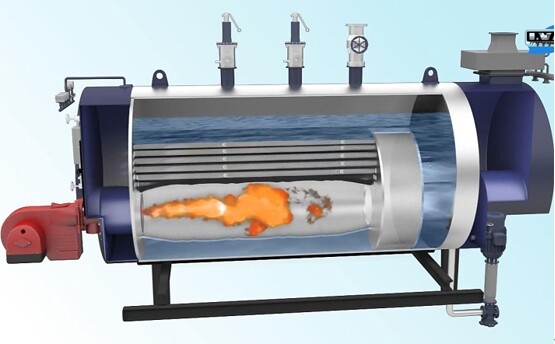
Common failures of fire tube boiler
tubes
1. How to deal with the problem of water
leakage in fire tube boiler tubes in an emergency?
Emergency symptoms: water seepage in the
tube wall > 200ml/min, steam pressure drops by 15%
Emergency plan:
Turn off the combustion system and reduce
the pressure to 0.2MPa.
Wrap 3 layers of high-temperature resistant
epoxy tape (3M 2216 recommended).
External reinforcement stainless steel
clamp (spacing ≤150mm).
2. How to check the decrease in heat
transfer efficiency of fire tube boilers?
Warning indicators: Fuel consumption
increased by 20% | Steam production decreased by 30%
Emergency plan:
Internal scale: Use endoscope measurement
method to detect, thickness ≥ 2mm needs pickling
(hydrochloric acid concentration 10%).
External ash accumulation: Use U-type
differential pressure gauge to detect, and blow when the flue gas pressure
difference is > 150Pa.
Insulation failure: Scan with infrared
thermal imager, surface temperature rise > 40℃ needs
to be replaced.
3. What are the signs before the boiler
tube bursts?
Abnormal sound characteristics:
Intermittent metal knocking sound (> 85
decibels)
Accompanied by 2-5Hz low-frequency
vibration (detectable by mobile phone APP)
Abnormal temperature:
Sudden increase in temperature difference
between adjacent pipe sections > 30℃
Local overheating and reddening (> 450℃)
Summary
The fire tube boiler tube is one of the
most important components of the fire tube boiler, which directly affects the
performance and service life of the boiler. Through a deep understanding of the
structure, material and characteristics of fire tube boiler tubes, we can
better understand the operating principle of this traditional boiler, and can
also maintain and service it more accurately to extend its service life.
Read more: How To Weld Boiler Tubes? or Material of Boiler tube













 Eastern Steel Manufacturing Co.,Ltd not only improve product production and sales services, but also provide additional value-added services. As long as you need, we can complete your specific needs together.
Eastern Steel Manufacturing Co.,Ltd not only improve product production and sales services, but also provide additional value-added services. As long as you need, we can complete your specific needs together.








